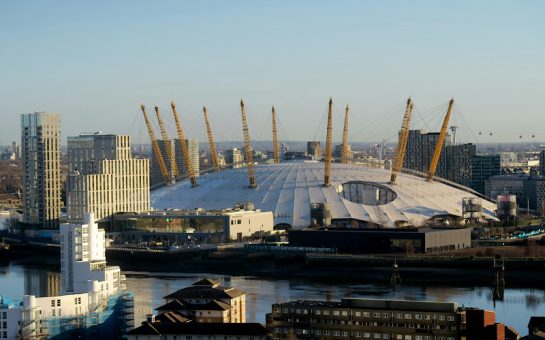There are so many ways to get around London, from public transport to taxis, to walking or biking.
The most efficient and connected of these options, however, is the public transport.
It is also the most economical, with new changes made, a fare freeze, and different payment options. To know what is right for you, however, you need to know your options, so here is a complete guide to Transport for London updates, and what you need to know about getting around London…
1. Fares Are Frozen Until 2020
One of the first things to be excited about, if you haven’t already been made aware, is that fares for all London transportation are frozen until 2020. This means that all fares are one and the same until otherwise stated. The following transport is included in the freeze:
• Buses and tram fares.
• All pay-as-you-go tickets using the Underground and the DLR.
• All Santander Cycles.
• Emirates Air Line.
• Some routes of the London Overground and TfL Rail, along with the River Bus, will also be frozen until 2020.
Note: Travelcards are not included in this freeze, as they are not set by the mayor.
2. The New Hopper Fare
Another major change implemented by Mayor Sadiq Khan was the Hopper fare for buses. This fare used to mean that you could change buses once during an hour for the same fee. This meant that, if you have somewhere to get to that would require a bus change, it is no longer cheaper to take the tube. The change that has been made to the Hopper Fare in 2018 is that the limit to one change has been taken off. This means that if you need to take two, three, or more changes within an hour, you can do it for the fare of £1.50.
Tip: Using the buses will allow you to stay connected, wherever you are, so you can keep in contact, stream music, play Unibet casino, watch videos, and so much more all on the go and without interruption.
3. The Oyster and Contactless: Not the Same
Though it is advertised heavily that the oyster and the contactless payment methods are the same, the reality is that they are not the same. Oyster offers daily capping, but it does not offer weekly capping, which contactless payment does. This means that by using the contactless payment option, you benefit from your fares being capped at the weekly travelcard price, which is a huge benefit if you take the tube multiple times a day.
4. Pay-As-You-Go or Travelcard?
Weekly, monthly, and yearly travelcards will save you a lot of money, but only if you use them every single day, and for more than two journeys. The issue with this, however, is that many people don’t reach the daily much less weekly cap. That is why you should do the math. If you use London’s transport services a lot, then you might be surprised at how much a travelcard can save you.
Image provided by Transport for London with thanks




